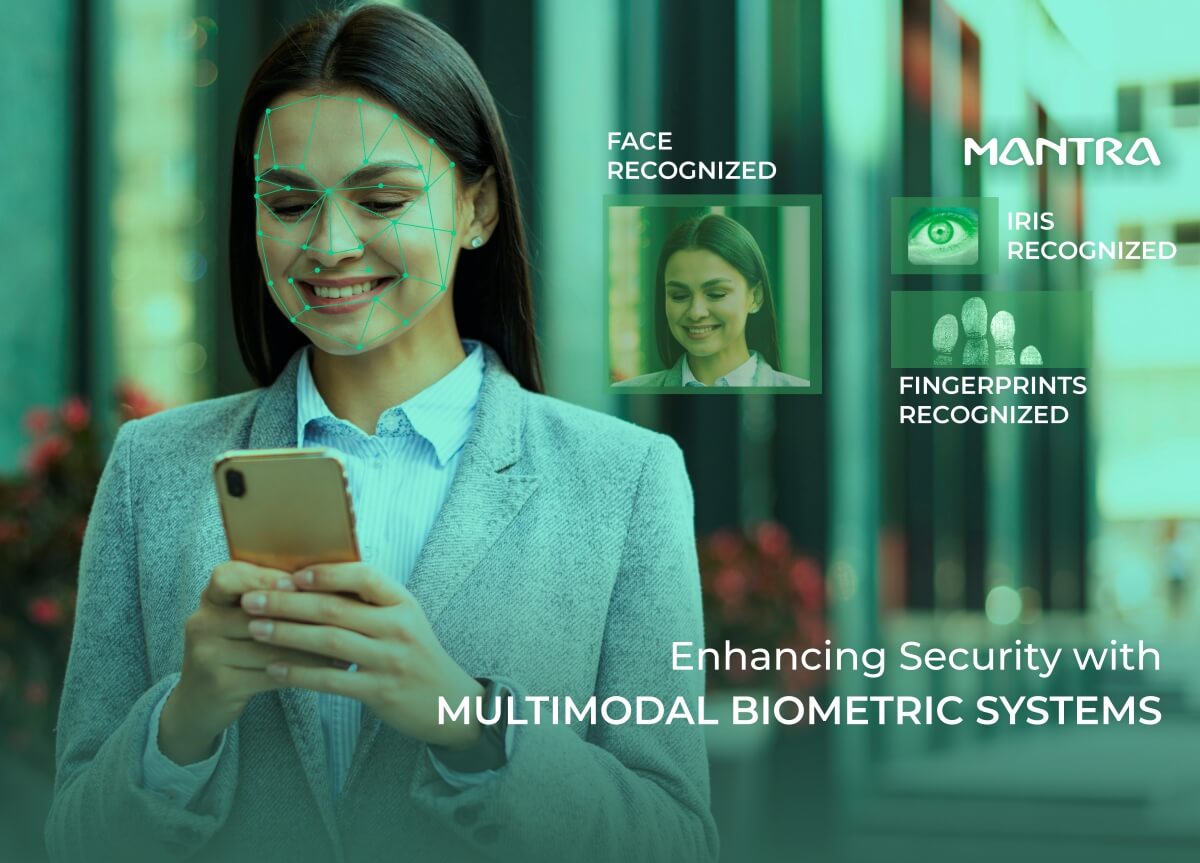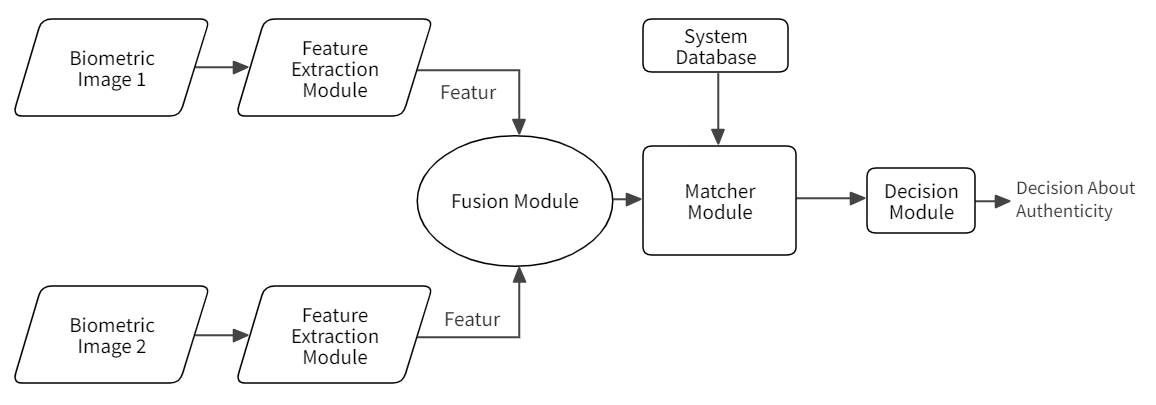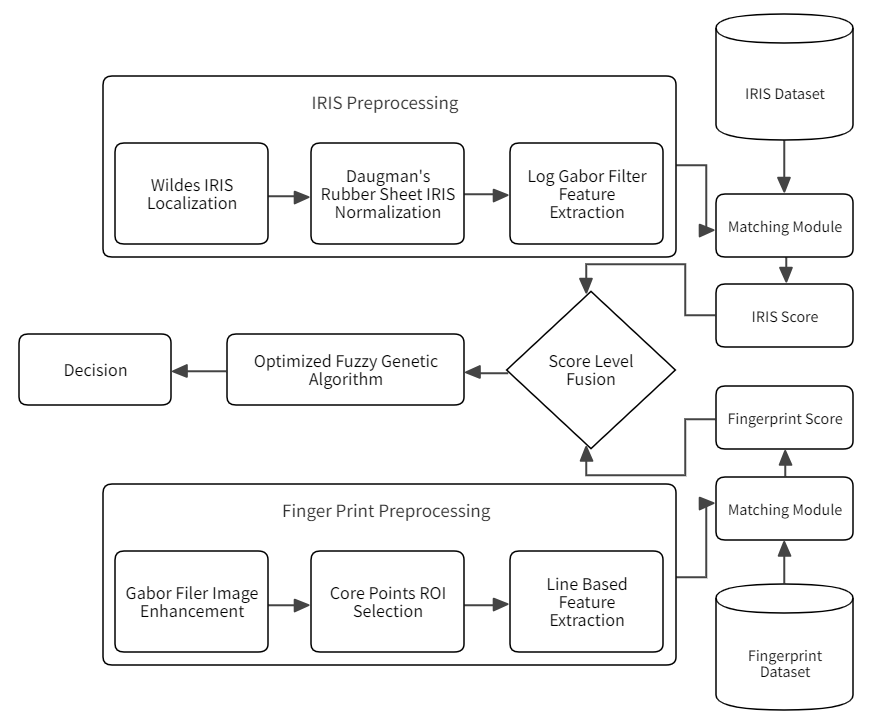
Biometric systems have progressed tremendously over the years offering effective solutions for the identification of persons. However, there are problems with the identification of performance that limit the use of systems based on a single biometric identifier. This has resulted in the design and deployment of multimodal biometric systems, whereby several biometric characteristics are used to improve on security, accuracy and reliability.
Shortcomings of Unimodal Biometric Systems
Noise in Sensed Data:
It is established that noise and variation in biometric data may result in false matches within the system.
Non-Universality:
Some people may not possess the required biometric trait to give or they may possess physical conditions or disabilities.
Intra-Class Variation:
There might be mismatches arising from the biometric data captured during verification and the data captured during enrollment.
Inter-Class Similarities:
False acceptances are possible when the feature space of one person overlaps with another person's feature space.
Spoof Attacks:
This makes unimodal systems susceptible to spoofing which involves imitating biometric features in order to gain unauthorized access.
The Role of Multimodal Biometric Systems
Regarding the disadvantages of the unimodal systems, the multimodal biometric systems utilize two or more biometric traits, for instance, fingerprint, iris, or face. This integration makes the system more secure and less prone to failure. This approach of incorporating several biometric characteristics makes it much harder for the attacker to impersonate the system.

Benefits of Multimodal Biometric Systems
Enhanced Security:
Compared to single modal biometric systems, multimodal systems possess increased immunity to spoof attacks and misuse.
Improved Accuracy:
The use of multiple biometrics ensures that the likelihood of false matches or false negatives is minimized, making the identification more accurate.
Increased Universality:
Multimodal systems can cater to people who may not be able to provide one or many specific biometric traits, making the system more comprehensive.
Resilience to Environmental and Health Factors:
Fluctuations in biometric data resulting from environmental factors or changes in health status can be addressed through the use of multiple characteristics.
Multimodal Biometric Fusion Levels
Fusion in multimodal biometric systems can occur at various levels
Sensor Level Fusion:
The raw streams of data from several sensors are fused, and no further feature extraction is performed further.
Feature Level Fusion:
Vectors extracted from different sensors are then aggregated together into one vector for biometric authentication.
Match Score Level Fusion:
These scores are accumulated and results from the single bio-cohort traits are summed to yield a matching score.
Decision Level Fusion:
The outcomes from each of the biometric features are integrated to give the final conclusion.
Rank Level Fusion:
This is the process of ranking and then merging of results from various biometric traits, which are commonly used for identification.

Challenges and Limitations
While multimodal biometric systems offer numerous benefits, they also present challenges
Complexity:
The use of multiple biometric traits enhances the level of difficulty in the system as compared to the simple systems.
Cost:
These are some of the disadvantages of multimodal systems: The implementation and maintenance of the systems tend to be costlier than that of unimodal systems.
Sensor Performance:
The sensors that are used should be capable of operation under different environmental conditions in order to provide an accurate measure of the concerned quantity.
Data Fusion:
A prerequisite for effective integration is that the data from disparate sources are combined using algorithms robust enough not to cause delay or error in critical processes.
Applications of Multimodal Biometrics
Multimodal biometric systems are employed across various sectors, including
Government Applications:
Prescribing the population's cross-border movements, having people sign up to vote, and the national identity cards.
Commercial Applications:
Security in operation including access to buildings, transactions, and customer identification.
Forensic Applications:
Luonnos police work and criminal identification.
Healthcare Applications:
On the choice of categorizing it only into this subtopic I would base it on the fact that patient identification and medical record keeping is a crucial process prior to treatment.
Conclusion
The multimodal biometric systems also have the ability to combine several biometric traits so the security and reliability of the biometric identification are increased. As noticed, compared to unimodal systems with the complementary features, multimodal biometrics offer an optimum solution for numerous applications that need higher safety and precision. We must keep moving forward by refining these additional technologies and methods as they are the keys to enhancing not only the performance of such systems but their relevance to a wide range of applications as well.
References
This overview is based on a comprehensive review of current research and methodologies in the field of biometric identification, as detailed in the International Journal of Advanced Research in Science, Communication, and Technology (IJARSCT).
By adopting multimodal biometric systems, organizations can achieve higher security standards and more reliable identification processes, paving the way for advanced, secure, and efficient biometric solutions.
Comments